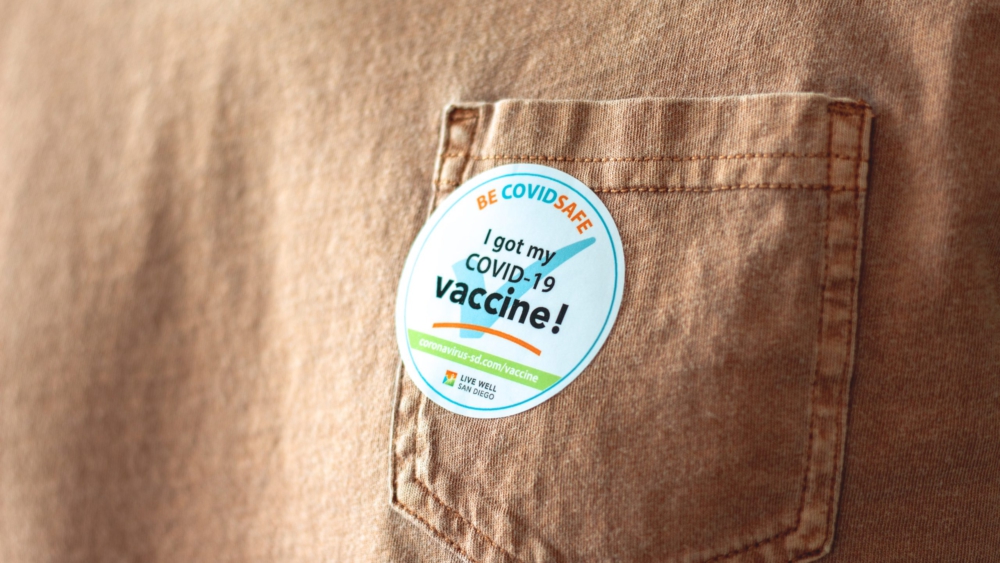The global pandemic has stretched on for a year and a half, and we are still battling it. Following the scientific community’s rapid work on and development of COVID-19 vaccines, the path to immunisation is well on the way. However, successfully vaccinating the global population has posed several challenges, including production and distribution, but also vaccine acceptance by the general public.
According to the Trust in Covid-19 Vaccines report by media intelligence firm Carma International, COVID-19 vaccination hesitancy around the world is not only driven by supply volume and logistics, but by the lack of clarity, consistency and certainty of communications from government spokespeople and political leaders.
Governments play a very important role in educating the public about COVID-19 and scaling up vaccination efforts. Building acceptance and trust in the vaccines is vital for countries looking to boost their vaccination rates, so they can be a step closer to achieving herd immunity. To build that trust, it is important for governments and leaders to clearly communicate information about the vaccines available, to reinforce the benefits of getting vaccinated, and to carry out the vaccination process safely and effectively.
This is especially true as variants of COVID-19 are continually discovered and infect more people around the world, while at the same time vaccine hesitancy rises. For example, a survey by the Sydney Morning Herald and Resolve Strategic found that almost one-third of adult Australians say they are unlikely to get vaccinated because they are worried about the vaccine side effects and felt they did not know enough about the vaccines. Australians also felt that there is no rush to take the jab while international borders remain closed.
This worrying trend has been escalated by reports of people cancelling their appointments or asking about whether they should even have their second dose. The combination of fear and complacency over the perceived risk posed by the virus has led to hesitancy, which the government is fighting to overcome.
While it is true that a small minority of people hold strong anti-vaccination sentiments, the hesitancy to take COVID-19 vaccines is largely evident in many countries where misinformation is rampant. Therefore, effective communication is crucial.
Here are some tips on creating effective vaccine-specific communications that educate, and build both reassurance and trust:
Have a solid communication plan
Having a national vaccination strategy is important, but it is important for governments to ensure consistent and coordinated vaccine communication with state governments and community organisations. Message framing and language preference may vary depending on the community of focus, but it is important to minimise conflicting messages by keeping vaccine-related information as consistent as possible.
Rely on facts and proven research
Our willingness to be vaccinated is highly dependent on trust. Do we trust that the vaccine will keep us safe? Do we trust the people who developed it? Governments can help ease worries by communicating clear and consistent messages on the research vaccines are based on, what the vaccine does, what its potential side effects are, and the positive effects it has on both people and communities.
Refrain from using scare tactics
An Australian government “Arm Yourself” Covid-19 awareness advertisement featuring a young woman gasping for air in a hospital bed has been criticised for its scare tactics, which experts say can cause people to become more fearful of vaccine side-effects. The ad was also criticised for the government’s decision to target younger Australians, a group not yet eligible to receive the vaccine at the time of the ad’s release.
Don’t be afraid to adopt different communications strategies
There’s no one-size-fits-all approach to vaccine communications. Different generations will have different fears surrounding the vaccine, which will require different key messaging. Take this into consideration and tailor your statements and literature to each demographic.
Rely on key partners
Getting the word out about vaccinations goes beyond statements from public officials and official state-sponsored campaigns, and many governments have partnered with major brands to encourage more people to get vaccinated. For example, The White House partnered with McDonalds to provide vaccination information on its coffee cups to promote vaccine confidence and drive vaccine appointments.
Grab has also worked with governments in Southeast Asia to offer mobility, communications and logistics support for national vaccine deployment. Not only did Grab offer discounted rides to and from vaccination centres, they also helped to deliver vaccines to rural areas, and used their platform to conduct a “Covid-19 Snap Survey” to gather real time data on vaccine sentiment to help public health authorities better tailor their vaccine strategy and messaging for the public.
Use rewards and incentives, if needed
Some countries used incentivisation to motivate desired public health behaviour. From free cars in Moscow, cash prizes in the United States, and even a cow raffle in the Philippines are some ways governments are encouraging people to get vaccinated.
It takes a coordinated campaign to stop a pandemic, and public trust in COVID-19 vaccines is essential to the success of a country’s immunisation program. As important as effective vaccination roll-out is, clear, concise, and educational communications that encourage the population to get vaccinated in an effort to reach herd immunity are equally important.
Last year, the world was coming to terms with Covid-19. Today, we see the return of pre-pandemic normalcy for some parts of the world. Although it is too soon to declare a victory, it is up to governments from all around the world to ramp up their vaccination efforts to continue fighting the battle against Covid-19.
Want to craft an impactful message but don’t know where to start? Write to us at [email protected]!

